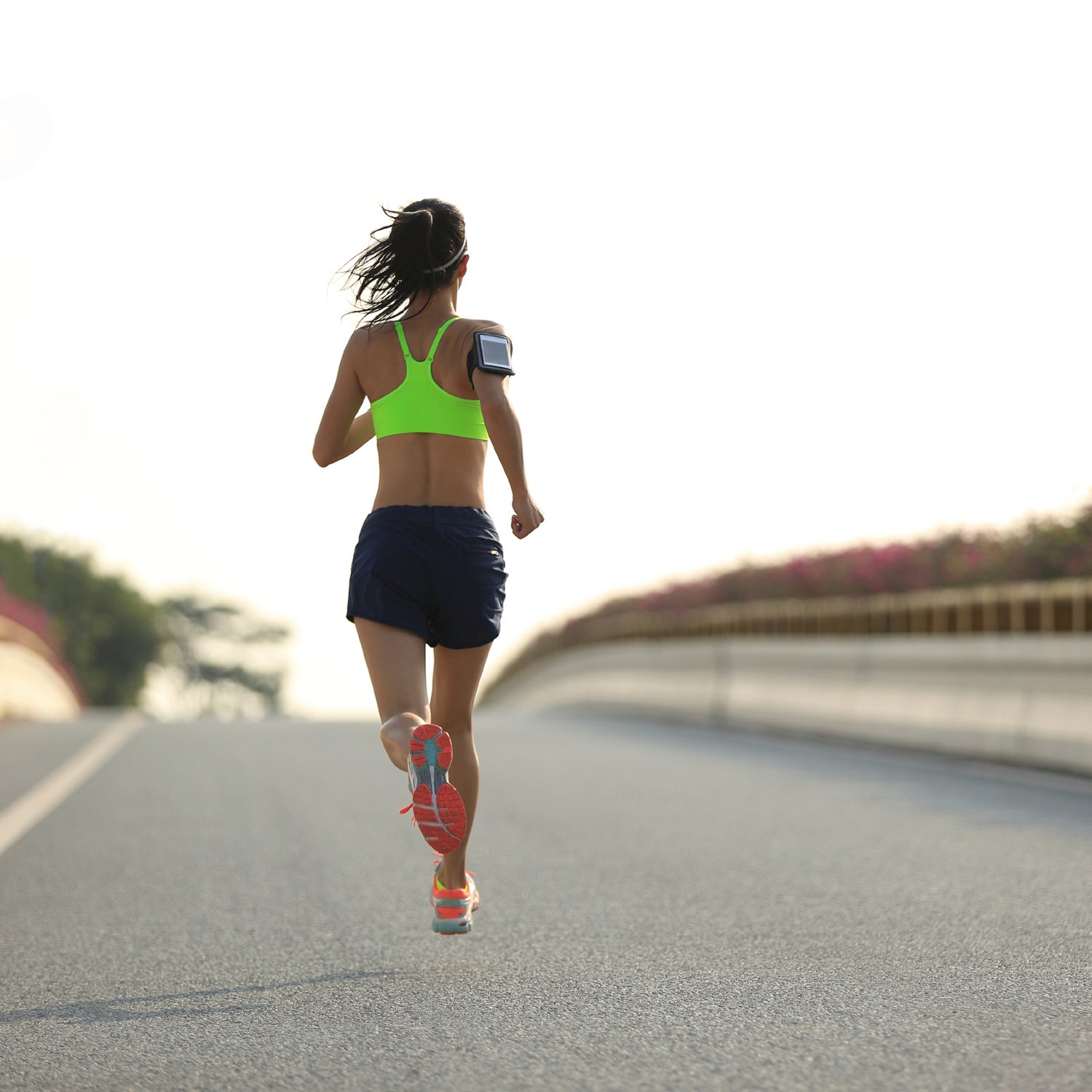All breasts, great and small, are comprised of subcutaneous fat tissue, mammary glands, and nothing else. They are bound to the torso by what are known as Cooper’s ligaments. These ligaments have no stabilizing function, they merely connect the breast tissue to the collar bone and muscles of the upper chest. This means that any and all natural support for breasts comes from your skin. And it turns out there is an entire field of science dedicated to studying how and why boobs move and how this movement affects performance. It’s called breast biomechanics, or as I prefer, the science of the jiggle.Â
The University of Portsmouth’s (UP) Department of Sport and Exercise Science is the leading breast biomechanics research group in the country. Dr Joanna Scurr and her team (which includes several men), use state of the art motion imaging and user surveys to study everything from types of breast movement to the effect of perceived breast pain on performance and sports participation. Here are some of their findings:
Breasts Move a Lot
Their titled “Multiplanar breast kinematics during different exercise modalities” found that most breast motion either occurs in the vertical direction or the mediolateral (side to side) direction. Jumping activities tend to cause more vertical motion, while activities involving agility tend to generate more mediolateral motion. “Sixteen 32D participants had markers attached to their right nipple and torso. Relative multiplanar breast displacement was calculated during bare-breasted treadmill running (10 kph), maximum countermovement jumping and an agility t-test.”Â
Painful Movement Turns Many Away from Exercise
A study published in January of this year found that while sports bras do control breast displacement caused by exercise, perception of the fit and comfort of the bras were better indicators of reduction of breast pain than the measured volume of discomfort. Their most recent study, which was published in February, looks at the impact of breast pain on sports participation. It found that about half of the school-age girls surveyed might be avoiding sport because of “embarrassment or pain caused by their breasts.” A subset of the group works to develop breast health curriculum aimed at getting girls and women in better fitting sports bras, thus increasing sports participation.Â
Sports Bras Help, But They Could Be Better
Most importantly, the UP research has identified that the type of bra worn, and its fit, can change the way you run. There has yet to be a study looking at impact of breast movement on fatigue over a long effort (say, a marathon) or a study looking at non-running based sports. But, the Portsmouth group has several research projects they are seeking commercial partners on, meaning a better bra could be headed your way soon.Â


